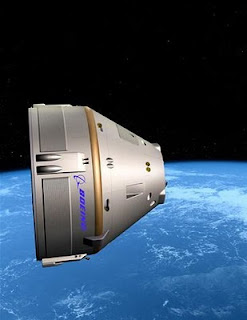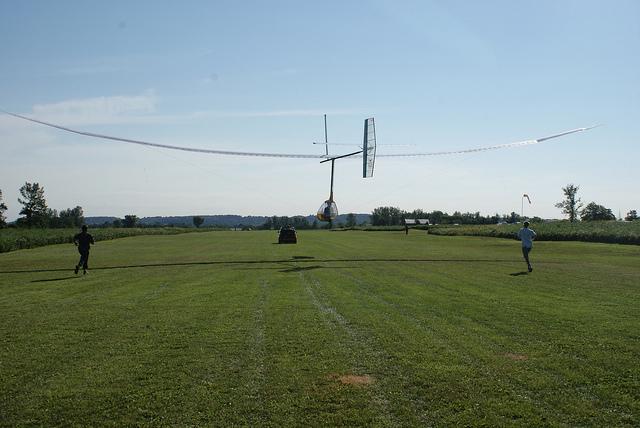 |
| Image: Virgin Galactic |
Virgin's SpaceshipTwo, designed by aviation engineer Burt Rutan, has recently been finished. It is the spacecraft they will use to carry passengers (2 pilots, 6 passengers) into suborbital space.
SpaceshipTwo will launch into space from the help of its mother ship, White Knight Two (WK2). Once WK2 reaches about 50,000 feet, SpaceshipTwo is released and will fly supersonic in 8 seconds. After about 70 seconds, the motor will shut down and SS2 will coast into sub orbit.
Want tickets?
Tickets are now on sell at $200,000. Do you find that over your budget? Virgin has already collected 45 million in deposits from 330 eager space tourists!
It's actually a very good price compared to the 40 million dollars you would need to shell out for a ride to the ISS on Boeing's CST-100 capsule (Crew Space Transportation-100).
Want to purchase tickets? Go to virgingalactic.com and book your seat now! If you save a dollar a day, in about 548 years, you could afford to go. So start saving now!
Sources: Nextbigfuture and France24
Don't Miss These:
New Research Suggests Brain Damage From Stroke Might Not Be Permanent
This Robot Can Wash Your Hair While Squeezing out Your Brains
Bird-like Aircraft Flaps Wings To Sustain Flight
Scientists Working On Technology That Extracts Electricity From The Air
Genetically Altered Salmon May Hit Store Shelves Near You

















